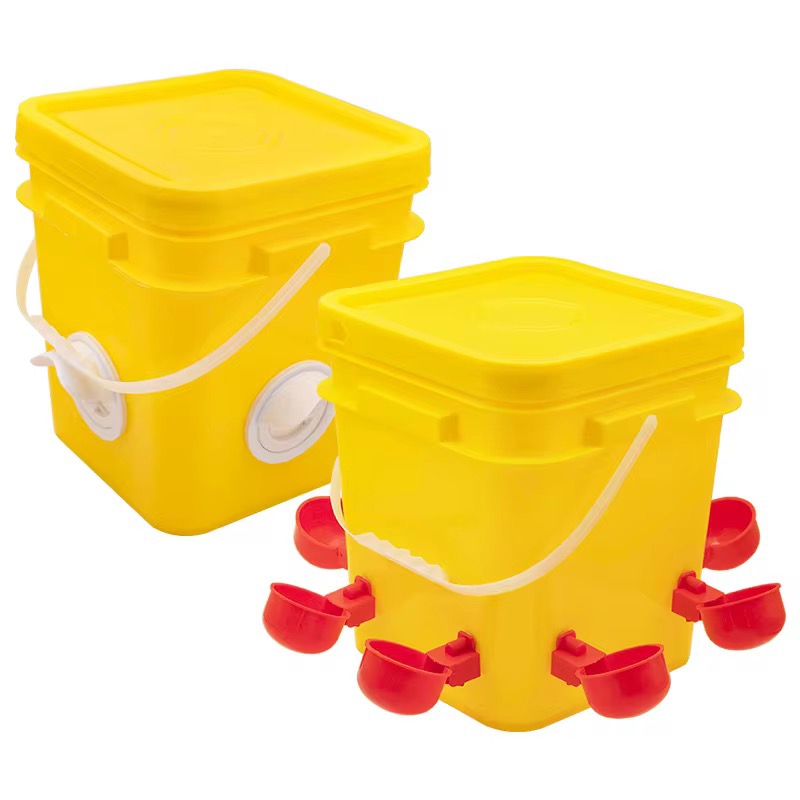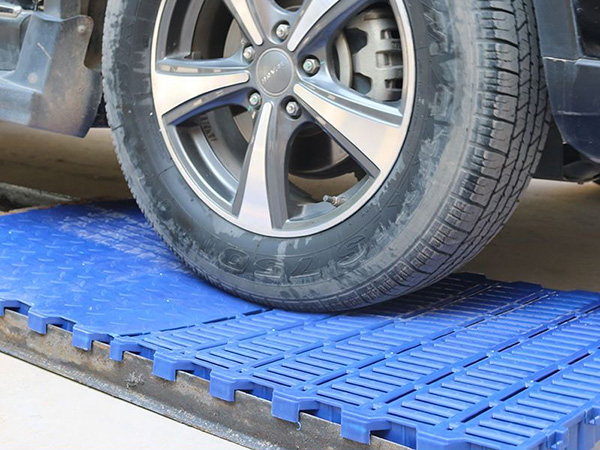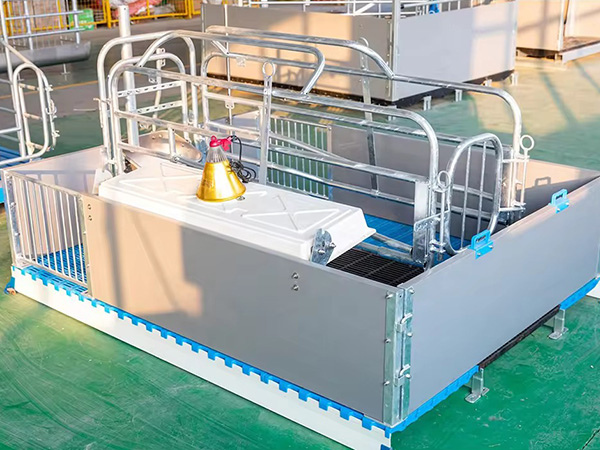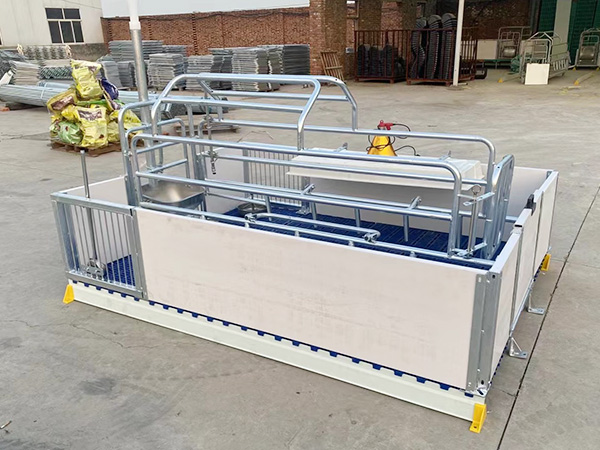
Chicken automatic water dispenser
Description: Automatic drinking water dispenser for chickens is a device that can automatically provide clean drinking water for chickens, which can effectively improve the efficiency and quality of chicken farming. The following are some common types and their charac...
Mobile:+86 13333273275
Email:270983972@qq.com
Product Description:
Automatic drinking water dispenser for chickens is a device that can automatically provide clean drinking water for chickens, and can effectively improve the efficiency and quality of chicken farming. The following are some common types, their characteristics, selection, and maintenance methods:
Common types and characteristics
Nipple type automatic water dispenser
Principle: By pecking at the nipple on the water dispenser, the valve inside the nipple opens and water flows out for the chicken to drink. After the chicken stops pecking, the valve automatically closes to prevent water leakage.
Advantages: It can effectively prevent water pollution and waste, maintain clean and hygienic drinking water, and save water effectively; It can prevent chickens from splashing water when drinking and keep the chicken coop dry; Easy to install, the position and height can be flexibly adjusted according to the layout of the chicken coop and the growth stage of the chickens.
Disadvantages: High requirements for water quality, no impurities in the water, otherwise it is easy to clog the nipple; The price is relatively high and requires regular inspection and maintenance to confirm that the nipple is functioning properly.
Plazon automatic water dispenser
Principle: Using the principle of a float ball valve, when the water level in the water bowl drops, the float ball also drops, opening the inlet and allowing water to flow into the water bowl; When the water level rises to a certain height, the float rises and closes the inlet, achieving automatic water supply and water level control.
Advantages: Strong automatic water supply function, which can protect the water bowl from always having an appropriate amount of water, without the need for frequent manual water addition; The water bowl has a large capacity and can accommodate multiple chickens drinking water at the same time; The requirements for water quality are relatively low, and it has a certain anti clogging ability.
Disadvantages: Plastic water bowls may experience aging, cracking, and other issues after long-term use; The float valve may malfunction, resulting in water leakage or inaccurate water level control.
Cup type automatic water dispenser
Principle: It usually consists of a water cup and an automatic replenishment device. When the chicken drinks water from the cup, the water level drops, triggering the replenishment device, and the water automatically flows into the cup for replenishment.
Advantages: The design of the drinking cup makes it easier for chickens to drink water and adapt easily; Some cup water dispensers adopt splash proof design, reducing water waste and moisture in the chicken coop; The structure is relatively simple and the maintenance cost is low.
Disadvantages: The capacity of the water cup is limited, and for large-scale chicken farms, more water dispensers may be needed to meet the demand; Easy to be contaminated by chicken feces, feathers, etc., requiring regular cleaning.
selection
Breeding scale: Large scale chicken farms should choose nipple type or prasone type automatic water dispensers, which can meet the drinking water needs of a large number of chickens and improve breeding efficiency. Nipple type water dispensers have good water conservation effects, but require high water quality; The Prazon type water dispenser has a large capacity and relatively low requirements for water quality. Small scale chicken farms or households can consider cup type automatic water dispensers, which are economical and easy to use.
The breed and age of chickens: Different breeds and ages of chickens have different requirements for water dispensers. Chicks have small body size and short beaks, making them suitable for using small cup mouth and soft water dispensers, such as small cup or nipple type water dispensers; Adult chickens can use various types of water dispensers, but for larger breeds, larger capacity and more stable water dispensers should be selected, such as Prazon or large nipple type water dispensers.
Water quality situation: If the water source has good water quality and fewer impurities, a nipple type automatic water dispenser can be selected to better protect the cleanliness of drinking water; If the water quality is poor and contains a lot of impurities, then Plazon or cup type water dispensers are more suitable. They have definite anti clogging ability and are relatively easy to clean.
use and maintenance
Installation and debugging: Install the automatic water dispenser correctly according to the instructions, confirm that the installation is firm and the position is appropriate. The installation height of nipple type water dispensers is generally 5-10 centimeters above the ground when chicks are young, and gradually adjusted to 15-20 centimeters as the chickens grow; The height of Prazon style and cup style water dispensers should be such that the edge of the water bowl or cup is level with the back of the chicken. After installation, debugging should be carried out to check whether the water level control is accurate and whether the water dispenser is leaking.
Regular cleaning and disinfection: To prevent the growth of substances, viruses, and algae, it is necessary to regularly clean and disinfect the water dispenser. Generally, it should be cleaned at least once a week, soaked or wiped with a specialized disinfectant, and then rinsed clean with water. Especially for nipple type water dispensers, it is necessary to regularly check whether the nipples are blocked. If there is a blockage, special tools can be used to clear it.
Daily inspection and maintenance: Check the working condition of the water dispenser every day, including whether the water level is normal, whether there is any leakage, and whether the nipple or float valve is flexible. If any problems are found, they should be repaired or replaced in a timely manner to confirm the normal operation of the water dispenser. At the same time, attention should be paid to checking whether the water supply pipeline is damaged, blocked, etc., to ensure smooth water supply.










